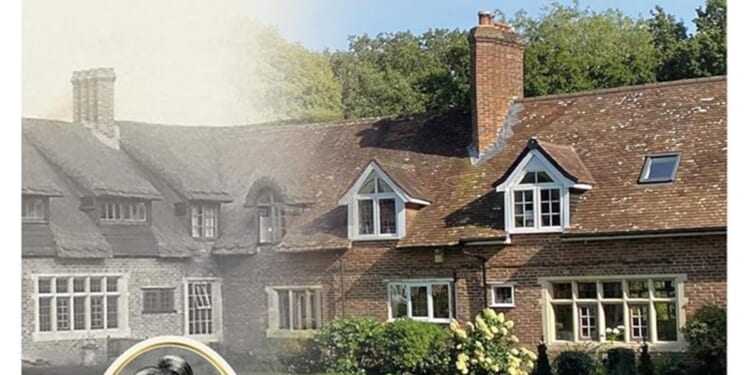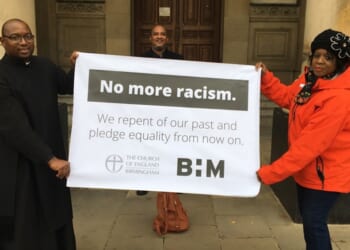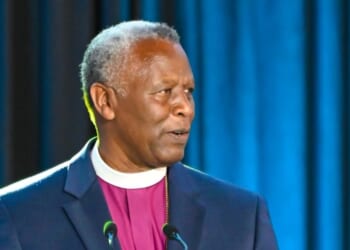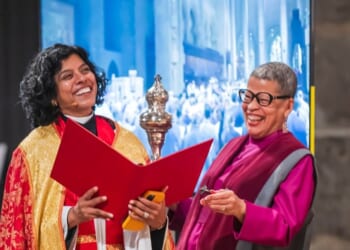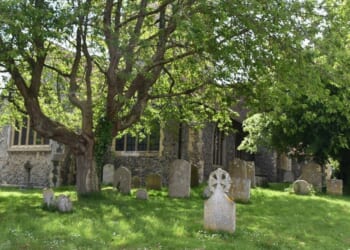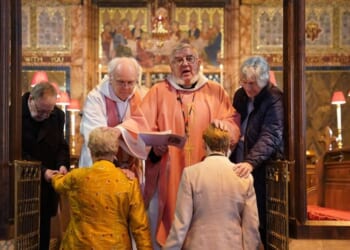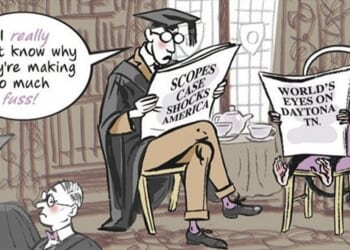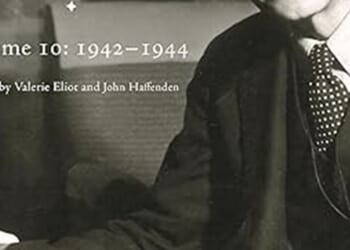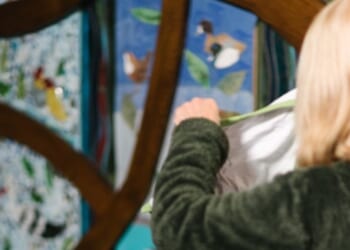PICTURE an architect, and the chances are that you will imagine a man. You may even imagine Vitruvian Man: the ideal human specimen depicted by Leonardo da Vinci towards the end of the 15th century. Based on the seminal writings of the Roman architect Vitruvius, Leonardo’s nude figure is perfectly proportioned and undeniably masculine. It is an apt image for a profession that has always celebrated the idea of the lone male genius. Even today, only one in three British architects is a woman.
But women have always been architects, and, increasingly, scholars are rediscovering forgotten figures who overcame all manner of barriers to build. In the 19th century, their number included Sarah Losh — whose life story and remarkable church at Wreay, in Cumbria, was the subject of a brilliant biography by Jenny Uglow — as well as Sophy Gray, wife of a Victorian Archbishop of Cape Town, who was responsible for more than 30 South African churches built between 1848 and 1880.
The 20th century brought forth the first fully trained women architects in England. Increasing freedoms and economic independent also enabled some enthusiastic amateurs to enter the field. One of these is the subject of this study. Born in 1868, Annabel Dott became the wife of an Anglican priest who served in South Africa, North Yorkshire, suburban London, and rural Wiltshire. Although lacking in formal architectural education, Annabel built, wherever they went.
Some scoffed at her work. It was said that in her first house, a stone-built Yorkshire holiday home, she forgot to include a staircase. It was joked that in her last project, a church hall in Barnes, she absent-mindedly omitted the WCs. Certainly, her work was not always successful — and, in one instance, a development of 17 houses in Sussex, it seems to have caused her considerable financial difficulties. But she amassed a creditable collection of schemes and, at her death, was described as a
“creative genius” by one admirer.
Dott is a difficult subject for a biographer. She left no personal papers, and we lack even an image of her. She remains, as this study admits, “a figure in the shadows”. This short book, however, evokes her life and times and contributes to that wider project of identifying those pioneering female architects. That all her achievements were accompanied by frequent bouts of ill health also tells us something about the price that she had to pay.
The Revd Dr William Whyte is Fellow and Tutor of St John’s College, Oxford, and Professor of Social and Architectural History in the University of Oxford.
That Tiresome Lady Architect: The life and the work of Annabel Dott
Lynne Dixon and Dorothy Reed
Brown Dog Books £14.99
(978-1-83952-768-5)
Church Times Bookshop £13.49

